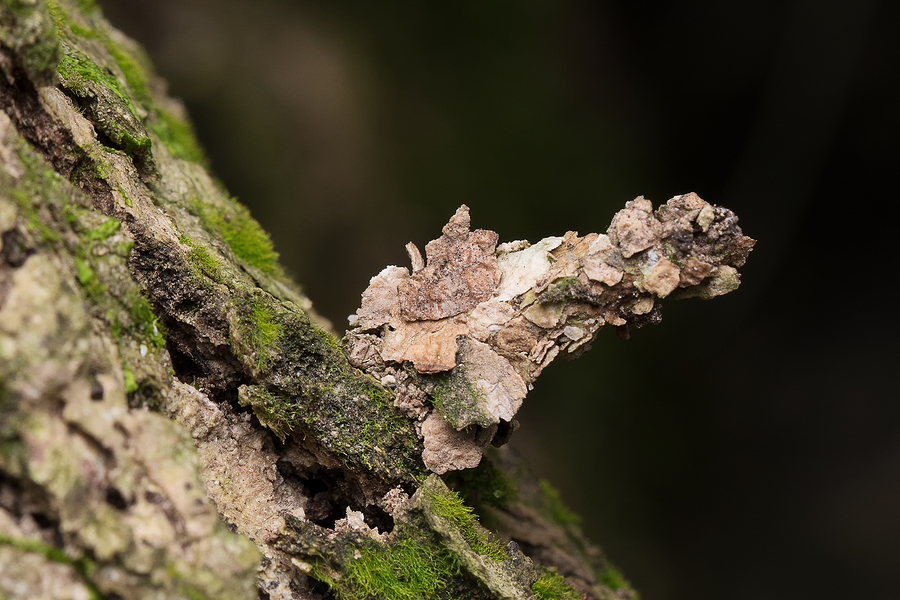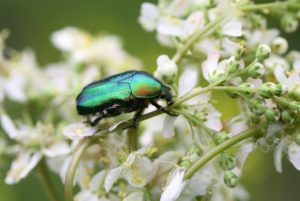Now that the summer is over, many homeowners feel like bugs, insects, and pests are gone for the year too. Unfortunately, there are several other kinds of pests that will damage your trees in the fall time. Continue reading to learn which tree pests to be on the lookout for this season, as well as, helpful tips for getting rid of them.

Autumn Season Insects That Can Kill Your Trees:
⇛ Bagworms (Psychidae Lepidoptera)
If you are seeing silky cobwebs in your trees, you could have a bagworm problem. Other signs include chewed leaves, foliage loss, and dead branches. Burrowed bagworms weave protective cocoons made of silk and debris to live in, and feed off of tree leaves and needles. Common targets include Junipers, Cedars, Spruces, Oak, Elm, Willow, Birch, and Maple trees. To eliminate a bagworm infestation, you will need some elbow grease. It requires manual removal of all the silk bags, followed by an insecticide treatment for prevention purposes.
⇛ Fall Webworms (Hyphantria cunea)
Fall webworms are a common nuisance for fruit trees like Black walnut, Mulberry, Sweetgum, Pecan, Wild cherry, and Persimmon. They are tree nesters that create webs at the tips of branches, and feed on the tree’s leaves. Foliage loss and the present of these silky webs are common signs of a fall webworm infestation. To get rid of these pests, you would need to remove all of the worms manually and then have your trees sprayed with an insecticide.
⇛ Spruce Spider Mites (Oligonychus ununguis)
Another type of tree mite that commonly affects trees in the fall are Spruce Spider mites. From the name, you would think that they only affect Spruce trees, but they actually target Arborvitae, Fir, Hemlock, and Junipers, as well as spruce trees. They feed on sap and leave behind little silk webs. To get rid of a spider mite problem, try applying a dormant oil to your trees.
⇛ Oakworm Moths (Anisota virginiensis)
On the subject of Oak tree pests, Oakworm moths are another common nuisance to watch out for this fall. You can identify this infestation by looking for yellow bumps underneath the tree leaves. These are moth eggs. These have to be manually removed, and then the tree requires an insecticide treatment. Fortunately, if you do have an Oakworm moth infestation, the fall time is the best time of year to treat your trees.
⇛ Oak Leaf Gall Mites (Pyemotes herfsi)
Biting oak leaf gall mites, also known as itch mites, are not an infestation you want for your trees. Not only do they cause browned, dried out foliage, they can fall off the tree and onto you, making your skin red and itchy too! Interesting enough, they actually eat the larvae of other tree pests affecting your tree, however, their feeding leads to major tree decline too. If you come into contact with Oak mites, wash your skin immediately. To treat a tree, you would need to speak with a trusted arborist.
Where to Find Affordable Noblesville Tree Service You Can Afford
Call 317-537-9770 for professional tree service in Noblesville, Indiana. We offer a wide range of professional tree services for residential and commercial properties. Ask us about our competitive pricing and our tree service coupons! And please feel free to contact us anytime for free estimates, advice, general tree removal information, and more. Call 317-537-9770 to request a free estimate, today.



